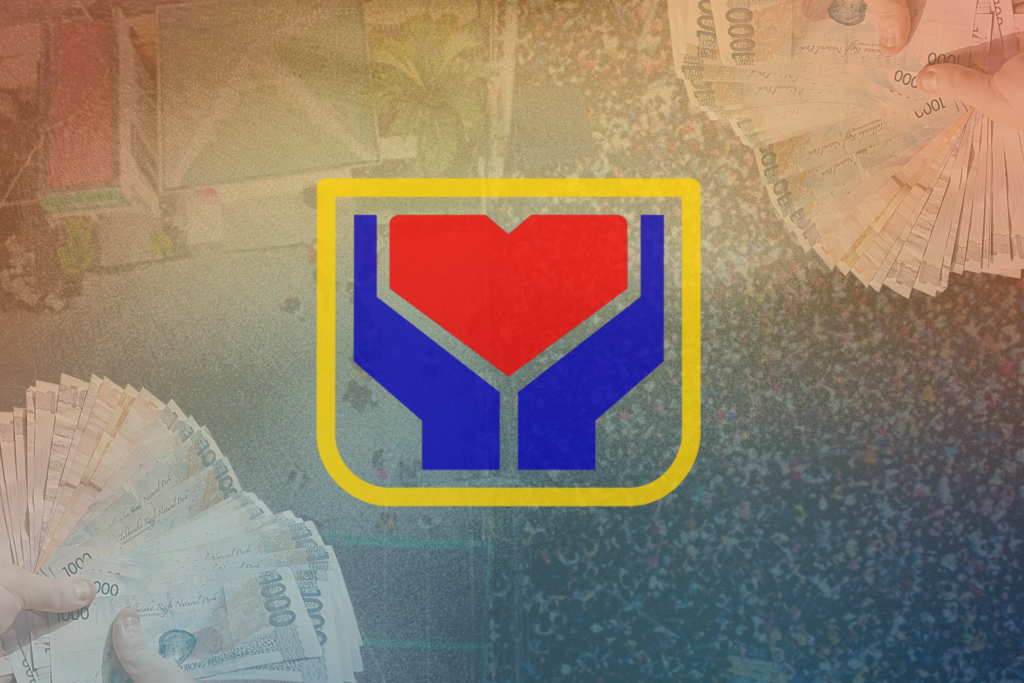The media and the DSWD dole-out mess
SOCIAL WELFARE and Development (DSWD) Secretary Erwin Tulfo bared plans last August 18 to distribute cash aid to indigent students. A former broadcaster himself, he detailed the program during a Palace briefing in anticipation of the nationwide reopening of face-to-face classes. He said that half a billion pesos had been set aside to fund the initiative.
The program, “Assistance to Individuals in Crisis Situations (AICS),” gives financial aid ranging from PHP1,000 to PHP 4000, depending on a child’s grade level. Families are allowed to claim assistance for at least three currently enrolled children during the scheduled Saturday handouts.
Tulfo, whose appointment to the agency raised eyebrows due to his media background, had earlier promised an open-door policy to be more accessible to the needy.
Questioning online registration
Tulfo’s recommendation in the briefing that indigents register online went largely unquestioned in media reports. Media only highlighted connectivity problems and related issues after the Saturday payout, quoting claimants’ experiences after failing to receive aid on the first day of distribution.
That the digital registration requirement escaped media attention indicated how disconnected media may be from the realities faced by the very poor. Filipinos from all walks of life have complained about difficulties suffered when working with the Social Security System (SSS) and other agencies, whose digital portals are bogged down by all kinds of problems.
Dole-outs disappoint
Unfortunately, Tulfo had more to worry about, as crowds and chaos descended on the first day of distribution on Saturday, August 20. Thousands trooped to DSWD’s central and satellite offices across the country but left empty-handed.
Media duly reported on other difficulties, such as the long lines in the heat and the jostling to enter DSWD premises. In Zamboanga, a stampede at the payout venue hurt 29 individuals, a majority of whom were seeking financial assistance.
Tulfo later apologized to those unable to claim aid, assuring DSWD’s coordination with local governments for a smoother distribution. The agency’s official report from August 21 said that PHP 141 M of the allocated funds reached claimants. It added that 48,000 walk-ins and those who registered online were assisted.
Media also cited angry local officials, who admonished the welfare agency for its failure to systematize the dole-outs. Notably, Iloilo City mayor Jerry Treñas threatened criminal charges against officials “responsible for this stupid planning.” But the deeper issues that have hounded government’s distribution of aid received scant attention from the media.
Some underline shoddy implementation
On Saturday afternoon, Rappler issued a report on the problematic distribution of aid in Mindanao cities, featuring a Cagayan De Oro Councilor who said that the crush could have been avoided if there had been community-based monitoring systems.
BusinessWorld lined up experts’ views on the aid distribution a day after the payout. University of the Philippines-Diliman political science professor Maria Ela Atienza observed that “no clear lessons have been learned” from previous crises. Atienza recalled the Local Government Code of 1991, which requires coordination between the central and local governments, and other concerned government agencies. In the same report, Terry Ridon, former head of the Presidential Commission for the Urban Poor during the Duterte administration, pointed out that the “buck always stops” with government officials during failures of leadership.
On August 22, The Philippine Star’s editorial also bemoaned the continuing “ayuda chaos,” writing that at this point in the pandemic, government should be alert to the “importance of crowd management” and “efficient implementation.” The Philippine Daily Inquirer also hit DSWD’s shoddy implementation. Its August 24 editorial, entitled “Good intentions not enough,” recalled the existence of a National Anti-Poverty Commission, which despite being “created precisely to coordinate the execution of plans to this end,” has been uninvolved of late.
Bulatlat included the call of progressive groups such as Kabataan Partylist and Gabriela to raise funding for indigent student aid. The latter argued that the current financial assistance amount is “not enough to cover the basic needs for going back to school,” due to the rising cost of goods.
With distributions scheduled until September, media should point out whether officials have learned their lesson, and addressed the failings that marred the first payout. But first, media also need to learn their lessons from the past, and review the reports on pandemic aid. It is part of media’s function to look to the past but also to look ahead – to be ready to question the mechanics, to check if the DSWD has lists of beneficiaries. These gaps had been noted, and if DSWD had done its staff homework, there could have been improvements that could have raised the afflictions imposed on communities who are already in crisis.
It may make a difference in the future – media should be part of the solution. CMFR adds, media too need to learn from government’s mistakes.

Leave a Reply